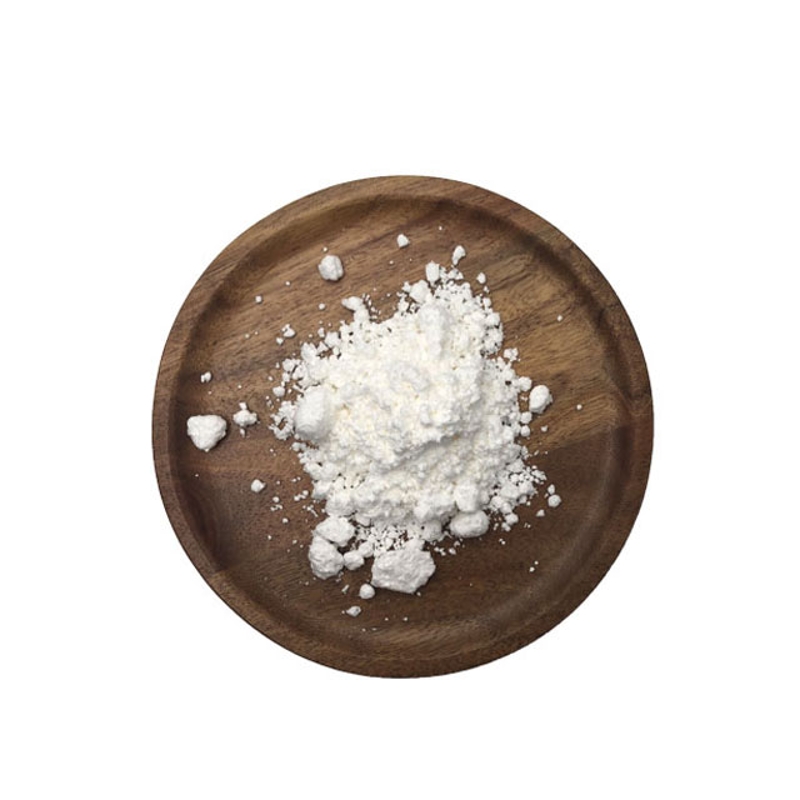-
Categories
-
Pharmaceutical Intermediates
-
Active Pharmaceutical Ingredients
-
Food Additives
- Industrial Coatings
- Agrochemicals
- Dyes and Pigments
- Surfactant
- Flavors and Fragrances
- Chemical Reagents
- Catalyst and Auxiliary
- Natural Products
- Inorganic Chemistry
-
Organic Chemistry
-
Biochemical Engineering
- Analytical Chemistry
- Cosmetic Ingredient
-
Pharmaceutical Intermediates
Promotion
ECHEMI Mall
Wholesale
Weekly Price
Exhibition
News
-
Trade Service
Tumor antigen load is the basic determinant of immunotherapy response.
some tumors with high antigen loads are shown to be resistant.
Kwanel Kim, department of biology at Gyeongi University in Seoul, and others tried to predict the binding of peptides in major tissue compatible complexes (MHC) using convolutional neural networks (CNN) models, and developed classifiers that can predict tumor resistance from functional mutations, published online in February 2020.
the results of the combination of peptides and MHCI.-like molecules by building a CNN model.
analysis of the interaction between peptides and HLA sequences, the AAU values of HLA-A and HLA-B were 0.93 and 0.94, respectively, and the AUC values of HLA-A and HLA-B were 0.89 and 0.86 respectively (Figure 1A) using ROC curve analysis test data.
the CNN model is better than other models, such as the CNN model AAUC value of 100%, 100%, 90% and 70% of the test is better than the SMMPMBEC, ANN, NetMHCcon and NetMHCpan model.
80% of the tests in cnn model F1 were better than other models (Figure 1B).
1. Predictive model and performance evaluation of polymer binding of peptide-MHC Class I molecules.
a.CNN model predicts the binding of peptides to MHC Class I molecules.
the predicted performance of the B.CNN model with SMMPMBEC, ANN, NetMHCcon, and NetMHCpan models.
used the CNN model to predict the Immune response of MHCI.class molecules in clinical samples in combination with tumor antigens, and classified the samples according to clinical treatment response to evaluate the performance of the model to predict tumor antigen load.
in most study cohorts, the CNN model predicted a significant correlation between tumor antigen load and clinical benefits (Figure 2A).
the survival rate of tumor antigens with different loads, it was found that the disease-free survival of high-load patients was significantly longer in all study cohorts (Figure 2B).
, the CNN model predicted a significant correlation between tumor antigen load and immune score and T cell receptor (T cell receptors, TCR) diversity (Figure 2C).
the tumor antigen load predicted by the CNN model (left of Figure 2D) was more relevant to patient survival than the mutation load (right side of Figure 2D).
Figure 2. The CNN model predicts the clinical relevance of tumor antigen loads.
. used the CNN and NetMHCpan models to predict tumor antigen loads in four groups of melanoma queues (Van Allen, Snyder, Roh and Riaz) and three groups of lung cancer queues (Rizvi, Hellmann, and SMC).
b. Survival analysis of tumor antigen high-load and low-load groups in 2 groups of melanoma and 3 groups of lung cancer.
c, d. Test the clinical relevance of cancer genome maps (Cancer Genome Atlas, TCGA) melanoma specimens (SKCM), calculate TCR diversity and immunity scores for SKCM, and compare tumor antigen high loads with low-load groups.
high load of tumor antigens reflects the high frequency of mutations, some of which can disturb the immune system, resulting in immune escape of tumors with higher tumor antigen load.
only models trained with functional mutations can accurately predict all test data (Figure 3A).
the correlation between genes of high "variable importance" and adaptive immune systems, cytokine signaling paths, and pathogenic growth factor (EGFR) signaling paths through protein interactions (Figures 3B, C).
because functional mutations can trigger immune escape and are affected by positive selection, the positive selection score of functional mutation prediction models is significantly higher than that of other models (Figure 3D).
3. a. Random forest training using genes containing harmful or destructive mutations.
b, c. Genes with higher variables (-3) are rich and interact in melanoma and lung cancer.
the higher importance of variables in random forest classifiers based on Bayes reasoning and DNdScv models.
the results of this study, the study developed a classifier that can predict tumor resistance from functional mutations.
combined with the classifier's predictive score, previously known resistance parameters, and regression analysis of all drug resistance variables, it was found that the classifier's predictive performance was significantly better than NetMHCpan's when using the CNN model to define tumor antigen high-load tumors.
most important thing is that the classifier's predictive score is the most important factor, regardless of the analysis method used in both queues.
the performance of classifiers by comparing functional mutation models with control models trained in synonymable mutations showed that functional mutation models had genes that produced a high degree of variableity.
these genes are involved in cytokines, the accessory immune system, and the EGFR signaling path path path pathfour in tumors.
addition, functional mutations are the most important predictor of immune escape.
The study showed that functional mutations that induce immune response to tumor antigens and promote immune evasion can predict the effectiveness of tumor immunotherapy.
: The intellectual property rights of the content published by the Brain Medical Exchange's Outside Information, God's Information and Brain Medicine Consulting are owned by the Brain Medical Exchange and the organizers, original authors and other relevant rights persons.
, editing, copying, cutting, recording, etc. without permission.
be licensed for use, the source must also be indicated.
welcome to forward and share.
.







